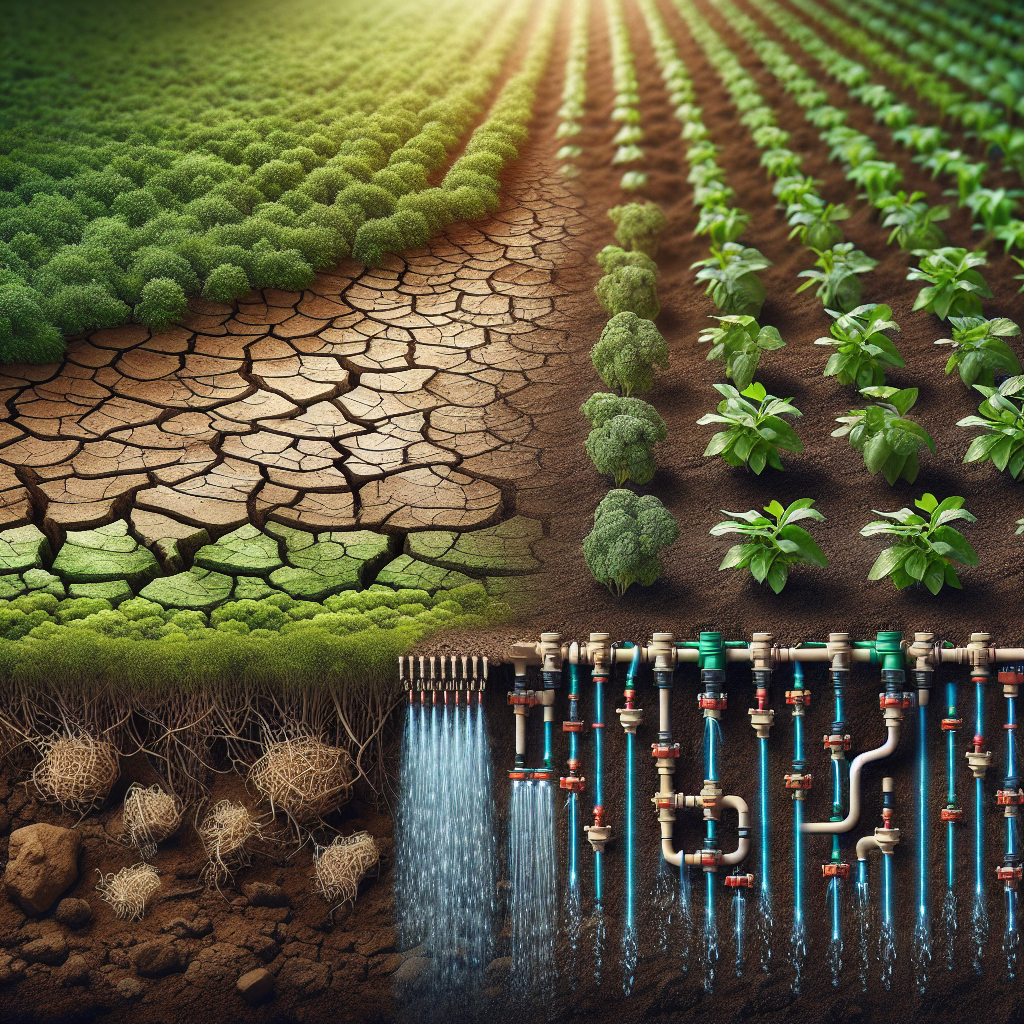Irrigation technology has come a long way in recent years, with many different systems available to ensure that crops receive the necessary amount of water for optimal growth. One such system that has been gaining popularity is slow drip irrigation. This system delivers water directly to the roots of plants through a network of tubes and emitters, providing a continuous and controlled supply of water. In this article, we will explore the benefits of slow drip irrigation systems and why they are becoming a preferred choice for farmers around the world.
1. Conserves Water: Slow drip irrigation is one of the most efficient methods of delivering water to plants. By delivering small amounts of water directly to the roots, this system minimizes evaporation and runoff, ensuring that every drop is used effectively. This can result in significant water savings compared to traditional methods like sprinkler systems.
2. Reduces Weed Growth: Traditional irrigation methods can inadvertently promote weed growth by distributing water over a large area, including spaces between plants where weed seeds may be present. Slow drip irrigation delivers water only to the targeted plants, reducing the risk of weed growth and saving time and effort on weed control.
3. Prevents Soil Erosion: The gentle flow of water in slow drip irrigation systems helps prevent soil erosion by reducing runoff and keeping soil in place. This is especially beneficial for sloped or sandy soils where erosion can be a significant issue.
4. Promotes Healthy Plant Growth: By delivering water directly to the roots, slow drip irrigation ensures that plants receive a consistent supply of moisture without the risk of overwatering or underwatering. This promotes healthy root development, leading to stronger and more resilient plants that are better able to withstand environmental stresses.
5. Reduces Disease Risk: Traditional overhead watering methods can promote the spread of diseases by splashing soil onto leaves, creating ideal conditions for pathogens to thrive. Slow drip irrigation minimizes contact between water and plant foliage, reducing the risk of disease outbreaks and promoting overall plant health.
6. Saves Time and Labor: Once installed, slow drip irrigation systems require minimal maintenance compared to other types of irrigation systems. This can save farmers valuable time and labor costs while still ensuring that crops receive the necessary amount of water for optimal growth.
7. Suitable for Various Crops: Slow drip irrigation systems are versatile and can be used for a wide range of crops, including fruits, vegetables, flowers, and ornamental plants. They can also be easily adapted to different soil types and topographies, making them an ideal choice for farms with diverse planting needs.
8. Environmentally Friendly: By conserving water, reducing chemical inputs through targeted watering, and minimizing soil erosion, slow drip irrigation systems are environmentally friendly options for sustainable agriculture practices. They help farmers reduce their environmental impact while still achieving high yields and quality crops.
In conclusion, slow drip irrigation systems offer numerous benefits for farmers looking to improve their crop yields while conserving resources and promoting sustainable practices. With their efficiency in delivering water directly to plant roots, preventing weed growth and disease spread, reducing soil erosion, saving time and labor costs, as well as being environmentally friendly options suitable for various crops – it’s no wonder why these systems are becoming increasingly popular among agricultural professionals worldwide.













